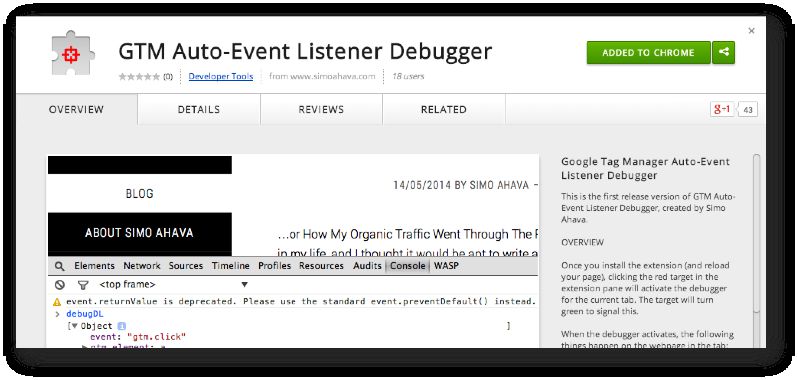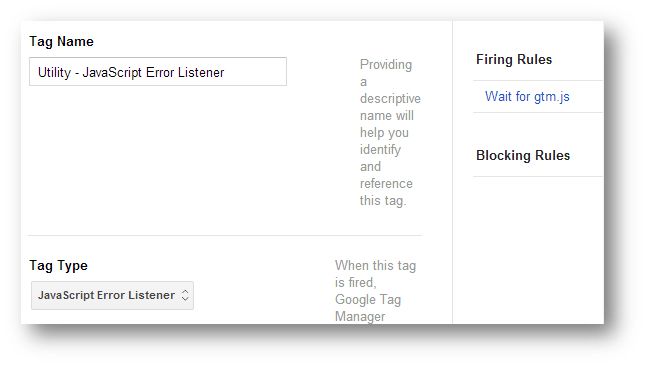(Last updated June 2014: Read the latest post on the extension, GTM Sonar v1.2.)
I updated my Chrome Extension, GTM Auto-Event Listener Debugger v1.1. I released the first version a couple of days ago. The extension can be used to debug Google Tag Manager’s auto-event tracking and its compatibility with web page markup.
Download the latest version here.
I did some major changes, and here’s the rundown.
I transferred all debugger actions into a pop-up, which opens when you click the Browser Action.







